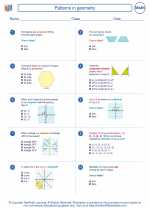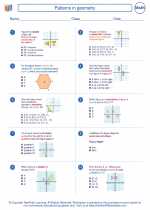Thermometer
A thermometer is a device used to measure temperature. It consists of a long, narrow, uniform glass tube with a bulb at one end. The bulb is filled with a liquid (usually mercury or colored alcohol) that expands and contracts with changes in temperature. The scale on the thermometer indicates the temperature based on the expansion or contraction of the liquid.
Types of Thermometers:
- Mercury Thermometer: Uses mercury as the liquid to measure temperature. It is commonly used in households and medical settings.
- Digital Thermometer: Utilizes electronic sensors to measure temperature. It provides a digital readout and is commonly used for quick and accurate temperature readings.
- Infrared Thermometer: Measures temperature from a distance without direct contact. It is often used in industrial and medical applications.
Temperature Scales:
There are three commonly used temperature scales: Celsius (°C), Fahrenheit (°F), and Kelvin (K).
Celsius Scale (°C):
The Celsius scale is based on the freezing point of water at 0°C and the boiling point of water at 100°C, under standard atmospheric pressure.
Fahrenheit Scale (°F):
The Fahrenheit scale is based on the freezing point of water at 32°F and the boiling point of water at 212°F, under standard atmospheric pressure.
Kelvin Scale (K):
The Kelvin scale is based on absolute zero, the theoretical lowest possible temperature at 0K. Absolute zero is equivalent to -273.15°C.
Reading a Thermometer:
To read a thermometer, you need to observe the level of the liquid in the tube and identify the corresponding temperature on the scale. It's important to make sure that the thermometer is at the same temperature as the object or environment being measured before taking a reading.
Study Guide:
Here are some key points to remember about thermometers:
- Understand the different types of thermometers and their uses.
- Be familiar with the Celsius, Fahrenheit, and Kelvin temperature scales.
- Practice reading and interpreting thermometer readings in different scales.
- Learn about the properties of mercury and its use in traditional thermometers.
- Explore the advancements in digital and infrared thermometers and their advantages over traditional designs.
Understanding thermometers and temperature scales is essential for a wide range of applications, including science, medicine, cooking, and everyday use. It's important to be able to measure and interpret temperature accurately for various purposes.
.◂Math Worksheets and Study Guides Eighth Grade. Patterns in geometry

 Worksheet/Answer key
Worksheet/Answer key
 Worksheet/Answer key
Worksheet/Answer key
 Worksheet/Answer key
Worksheet/Answer key
